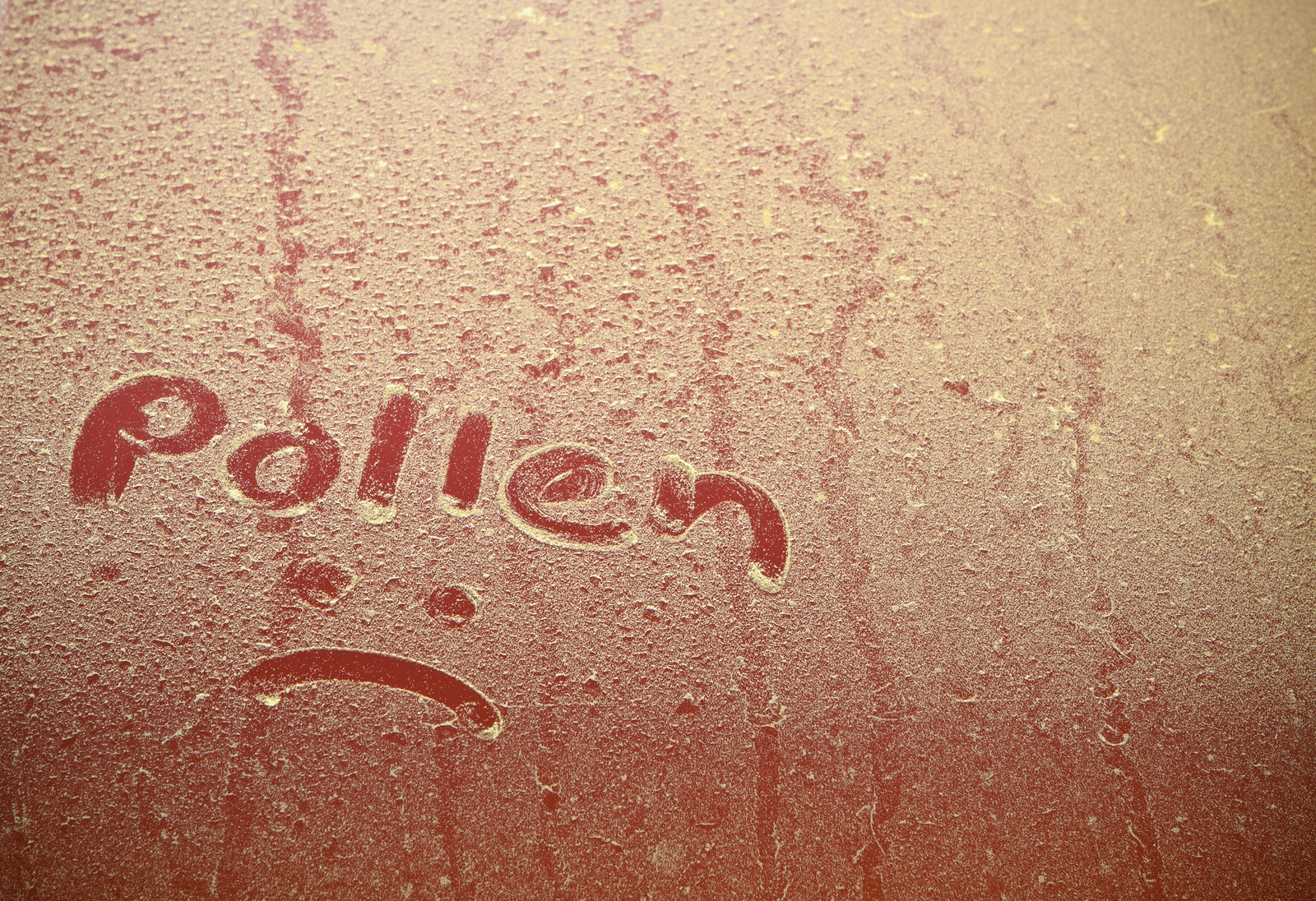
Getting the Pollen Out of Your Home’s Air
It’s that time of year again, when the trees bud, the flowers bloom, and the grass begins to grow. And clouds of yellow pollen fill the air, coating our homes, cars, and driveways. You go to bed one night feeling fine and wake up the next morning with a sore throat and sinuses that feel like they’re about to explode.
Or maybe you’re sneezing constantly and your eyes are itching and watering. Whatever your pollen allergy symptoms may be, they can make beautiful spring days absolutely miserable.
To help alleviate those allergy symptoms, you should try to reduce the amount of pollen in the air inside your home. The average American spends about 90-95% of their time indoors. If you can minimize your exposure to pollen when you’re inside, you can really reduce your exposure to pollen overall. So let’s talk about a few things you can do to keep your home’s air as pollen-free as possible.
See Also: Seasonal Allergies and Your Home
- Check the Pollen Forecast
Go to the Weather Channel’s allergy tracker page or your local news’ stations weather forecast Check the pollen forecast for the day and week to find out which types of pollen are in the air and at what levels. That way you’ll have a better idea of when you need to take extra precautions against pollen getting into your home. Removing shoes outside and showering right after outdoor activities is a simple and effective tip.
See Also: Seasonal Allergies and Your Home
- Close the Windows
On a beautiful spring day, it may be tempting to open up your home’s windows and let the fresh air in. The problem is that fresh air can carry pollen right into your house too. This is especially true in the morning, when pollen counts are highest.
- Seal Your Home
If you really want to keep pollen and other outdoor pollutants out of your home’s air, look into whole home air sealing. This is regularly done with new construction. Older homes are often very “leaky.” A blower door test can determine how leaky your home currently is. Get tested and then you can decide whether whole home air sealing is needed.
Air sealing an existing home involves removing all the old insulation, caulking and sealing all the openings. They then install new insulation or spray foam. An air sealed home needs mechanical ventilation to keep the air fresh, so an ERV (Energy Recovery Ventilator) will need to be installed. An ERV will filter incoming outside air so that it doesn’t bring pollen or other particles into your home.
The other upside of this process is that it will make your home more energy efficient. This is dine by reducing how hard your HVAC system has to work to keep it heated or cooled. It will be expensive in the short-term, but may produce significant savings on your monthly bills in the long-term.
See Also: Taking Care of Your Home’s Crawl Space
- Seal ALL Your Ducts
Another way to decrease the amount of pollen in your home’s air is to have the ducts sealed. It’s important to make sure you seal both the return AND supply ducts. The first goal here is to avoid drawing pollen and dust from the unconditioned parts of your home. These are spaces like the attic and into the ducts. Your return air filter can’t catch pollen that’s getting pulled into the ducts further down the line.
The second goal is to avoid creating negative air pressure inside the house. If your return duct is sealed but your supply ducts aren’t, then the amount of air being drawn out of your home by the HVAC fan will be more than the amount of air being sent back into the conditioned parts of your home.
When that happens, you get negative air pressure inside of the home, which means that outside air will get pulled in through the floors, walls, openings around windows and doors, even electrical outlets, to make up the difference. And that outside air can bring pollen with it. You’re basically pumping it into your home!
Having your ducts correctly sealed and pressure tested can make a big difference for keeping pollen out of your home. And again, this will also make your HVAC system more energy efficient, saving you money down the road.
See Also: Air Conditioning and Your Health
- Clean the Air Effectively and Efficiently
Ideally, you want to keep pollen from entering your home in the first place. But what about the pollen that does get inside? Portable air purifiers and return air filters aren’t actually very effective at removing allergens like pollen from the air. And higher-MERV filters obstruct the airflow to your HVAC unit, which can shorten the lifespan of the unit and decrease efficiency.
If you really want to clean the air, what you need is a whole-house air purifier with a good media filtration system, such as the Aprilaire 5000. This purifier can be installed with a new unit or added to an existing system. It’ll clean all of the conditioned air going into your home without obstructing the flow of air into your system.
See also: Why Do I need an Air Purifier?
Plus, they won’t just catch pollen. Whole-house air purifiers can also significantly reduce other harmful microbes in your home’s air, like flu viruses and mold spores. So they won’t just reduce your pollen allergies—they can help to keep your whole family healthy, all year long!


